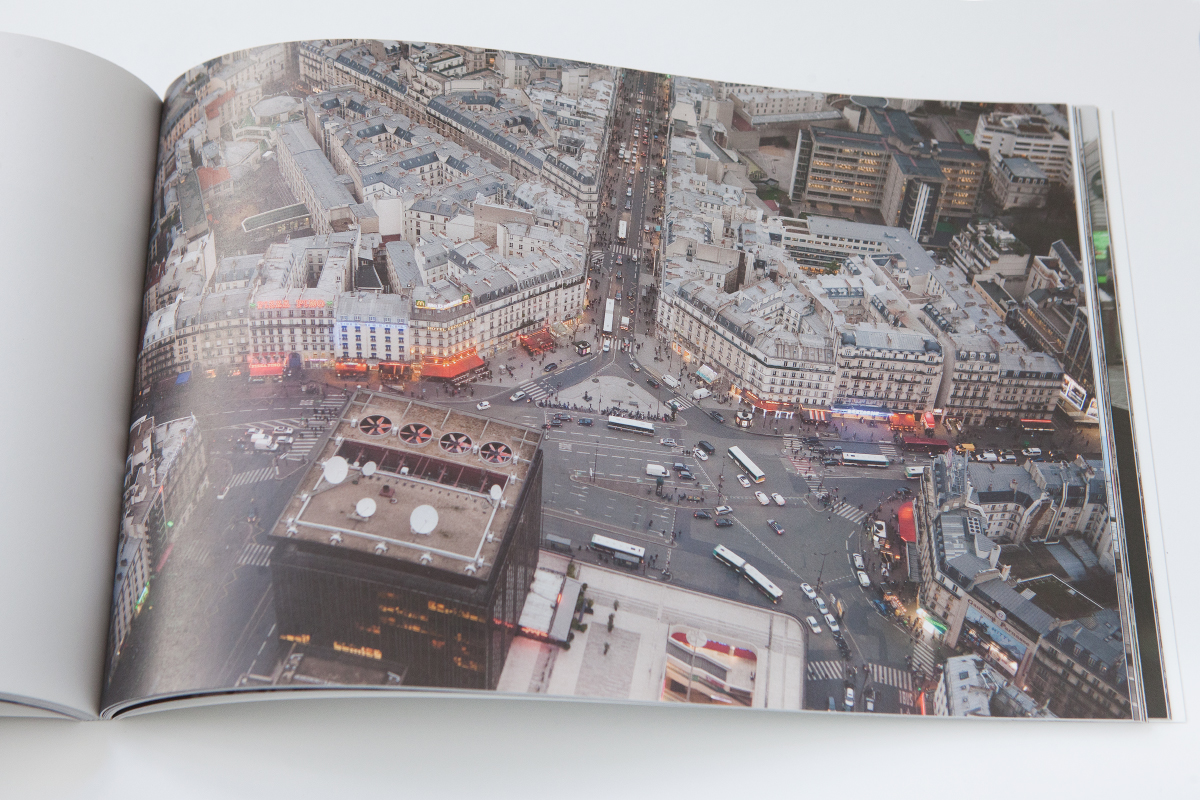“For me as a writer, the most inspiring images are invariably those which do not contain people or in which the people are unrecognizable. Colourful wallpaper in a sagging house; a doorpost, worn thin at the spot where an occupant had placed his hand year in year out whilst looking out for visitors. The way in which private and public spaces have been captured in this book invites the observer to briefly become such an occupant. Driessen achieves this by placing the space at the forefront whilst keeping the person – who through his unshakeable identity would prevent the observer from being able to occupy the space himself – out of the picture or otherwise faceless. The few portraits to be found in Habitat become penetrating and moving precisely because of their position amongst the other material. These are photos of children for whom “home” is very evidently an emotionally charged subject.
You don’t tell a good story by explaining exactly what it is about. The narrator must offer his audience suggestions, and after that he must make sure that he says nothing which could shatter the dream. This is precisely what Govert Driessen does: in his photos he creates a habitat for the imagination of the spectator.”
error: Content is protected.








